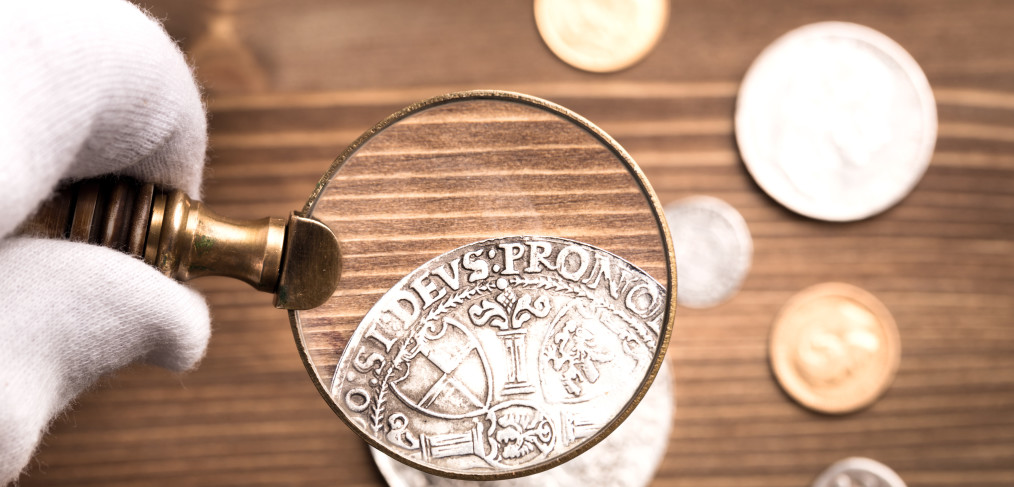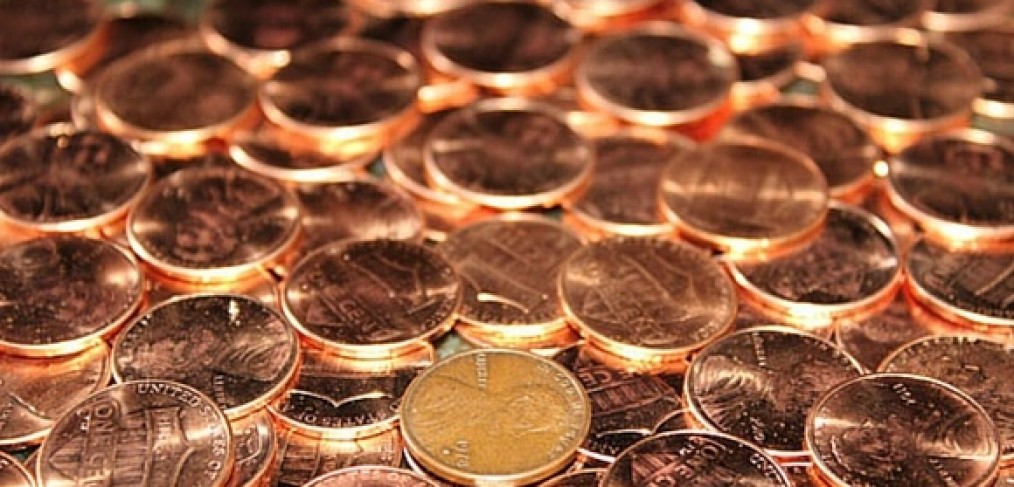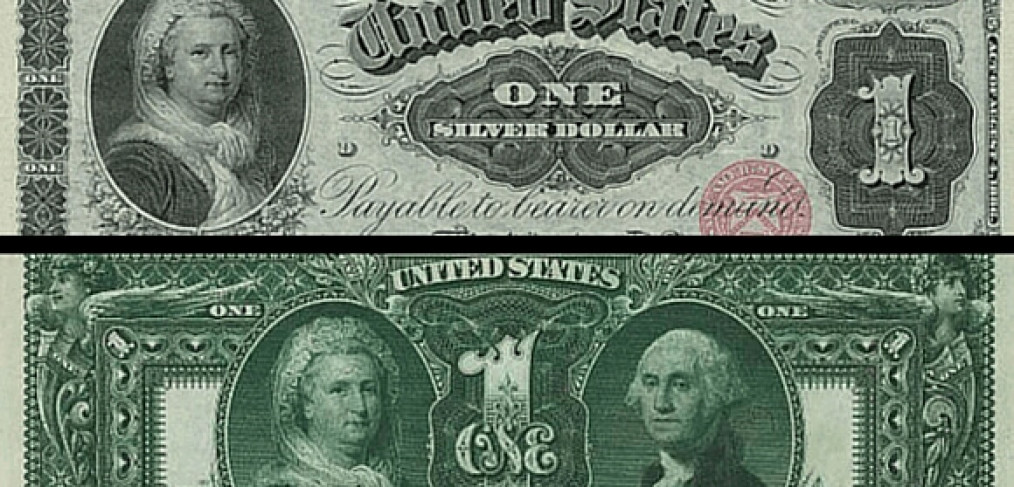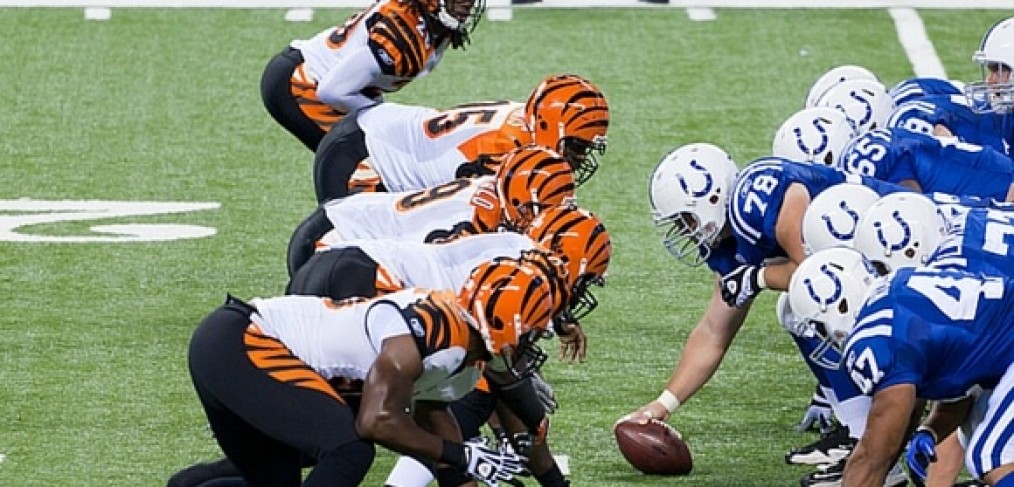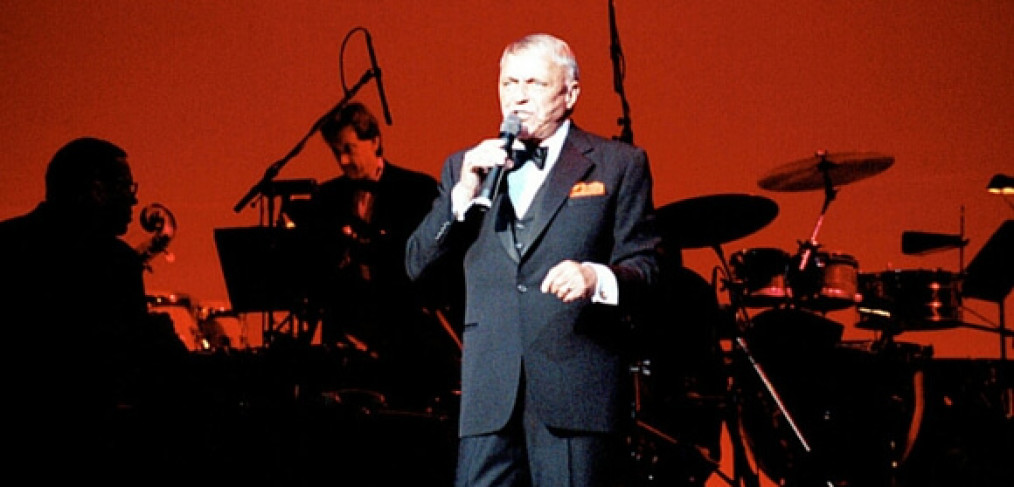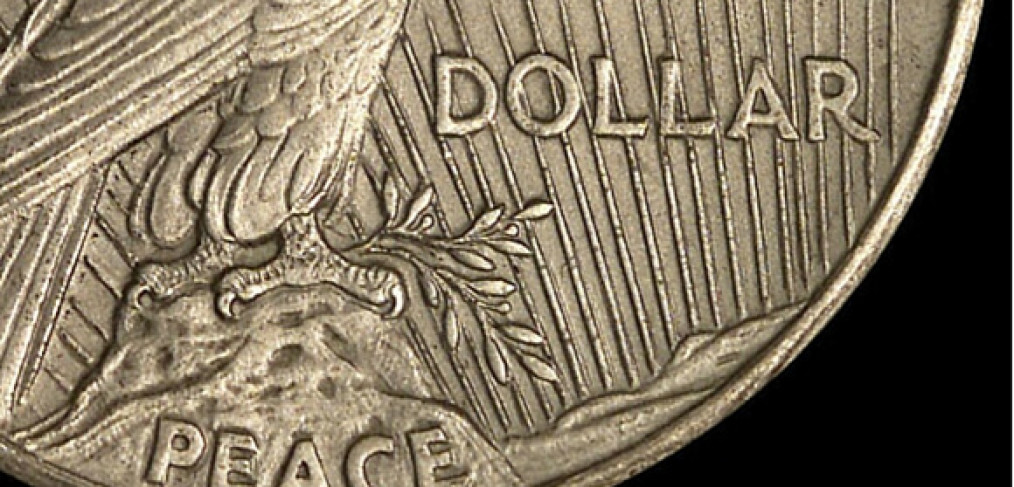
Talk to any passionate coin collector and he will eagerly tell you about his beloved collection—the story behind each coin, where he first saw it and how valuable it is.
As coin and currency enthusiasts, we have the privilege of holding priceless pieces of history in our hands every day. These coins are intimate passages to distinct moments in time.
Learn history and real-life skills
Coin collecting makes abstract concepts real. It’s a useful and fun hobby in so many ways:
- It takes discipline and budgeting to save up for special coins.
- Planning a great collection trains collectors in goal-setting and perseverance.
- Coins make history tangible and real, much more so than textbooks.
- Coin collectors develop incredible attention to detail.
- Collecting provides practice for long-term investment planning.
Additionally, numismatics is a great way to get to know people. There are hundreds or thousands of numismatics groups, fairs, and forums across the globe. Coin collectors meet new friends and have connections with people from all types of backgrounds through their mutual love of numismatics.
This Christmas, give the joy of numismatics
Coin collecting is a wonderful and fulfilling pursuit. And it’s so easy to begin—anyone can collect coins, starting with just the change in her pocket.
So, this Christmas, consider giving a child the priceless gift of this lifelong hobby.
There are several beginner’s kits for coin collecting on the market. The Hobbymaster and BCW options are both high-quality and reputable for beginners.
At Christmas, the child can use the kit right away, filling it with the coins from her pocket! Sit beside her and watch the magic of discovery unfold. You could even give some of your own coins as the centerpiece to this brand-new collection.
For a coin collector, if there is anything better than finding a rare coin in mint condition, it would be seeing a young child thrilled for growing her own collection—one beautiful coin at a time.

